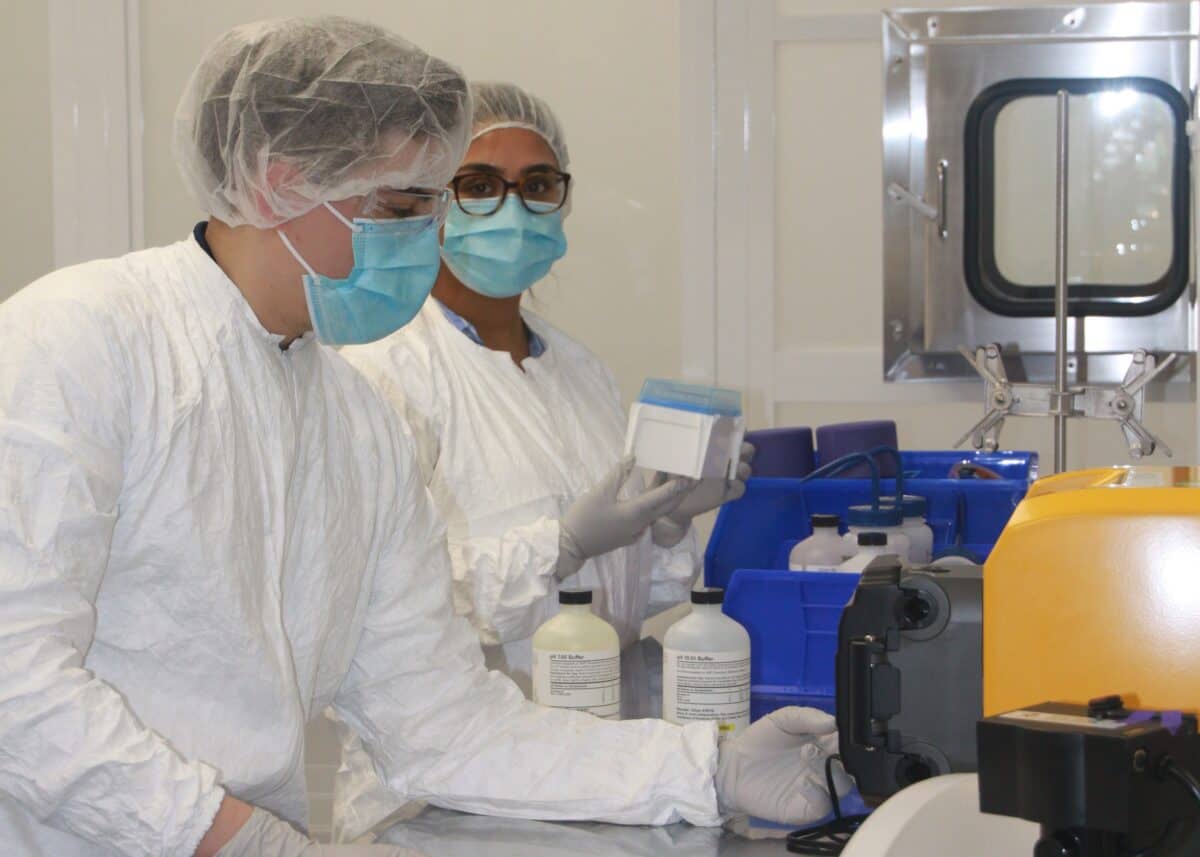
What strategies should life science companies consider now to take advantage of the economic rebound that many industry observers are predicting for 2024? Collaboration, partnerships, and a focus on risk-mitigation will position life sciences companies well.
2023 was a tough year across the life sciences sector. In particular, biotech saw a slowdown in funding and fewer transactions. But every cloud has a silver lining. Leaner times drive creativity. Many biotech companies have found creative ways to sustain momentum and accelerate their critical therapeutic development.
There are different interesting examples of these creative collaborative approaches. Some examples include:
- Work with academia/healthcare operations. One early-phase biomanufacturing strategy has seen companies operating out of academic labs and hospitals to conserve capital. A recent commentary from Cell & Gene noted, among other things, that academia is “a landing place for early-stage entities to leverage preclinical or clinical lab space and scientific or research expertise.”
Biotech companies that sponsor research can accelerate their progress by understanding and addressing important early-stage technical questions. This approach provides great opportunity for talent acquisition, development and retention, addressing another inherent challenge in biotech operations. - Tech transfer/collaborative partnerships. A broader cross-section of companies are starting to transfer programs for which they don’t have the resources or infrastructure to a third party — another biotech, for example.
Tech transfer is commonly a critical part of early-stage development programs, from test methods to process development and scale-up / out for manufacturing. Done well, overcoming the initial expense and technical effort provides greater security in terms of capacity. - Pragmatic approaches to capital deployment to facilitate early-phase progression while ensuring the flexibility to pivot in the face of technical or clinical headwinds.
This can be a challenge in the now well-established outsource provider models such as CDMOs. Innovative approaches are being established to ensure that inherent CDMO constraints do not preclude the ability to be flexible with schedules – nor impede ongoing development and continuous process improvements. These types of arrangements, which can also provide a fully-serviced GMP infrastructure with supportive expertise, offer risk mitigation at all levels of stakeholder interest.
As the industry moves forward from the challenges of 2023, it’s imperative that we challenge ourselves within the MassBio ecosystem to collaborate and enable progression with a mindset of innovation and continuous improvement.
About the Author

Sarah Stevens, Ph.D., President, Azzur Labs & Azzur Cleanrooms on Demand™
As President of Azzur Labs & Azzur Cleanrooms on Demand™ (COD), Sarah Stevens is responsible for operations and strategy across all Azzur Labs and Azzur COD locations to ensure enhanced services, excellence in delivery, and cross-functional alignment. Before joining Azzur, Sarah held senior leadership roles within the CDMO and pharmaceutical service provider spaces. Sarah holds a Doctorate of Pharmaceutics from the University of Manchester (Manchester, UK), a Master of Business Administration, and a Master of Pharmacy from the University of Strathclyde (Glasgow, UK).